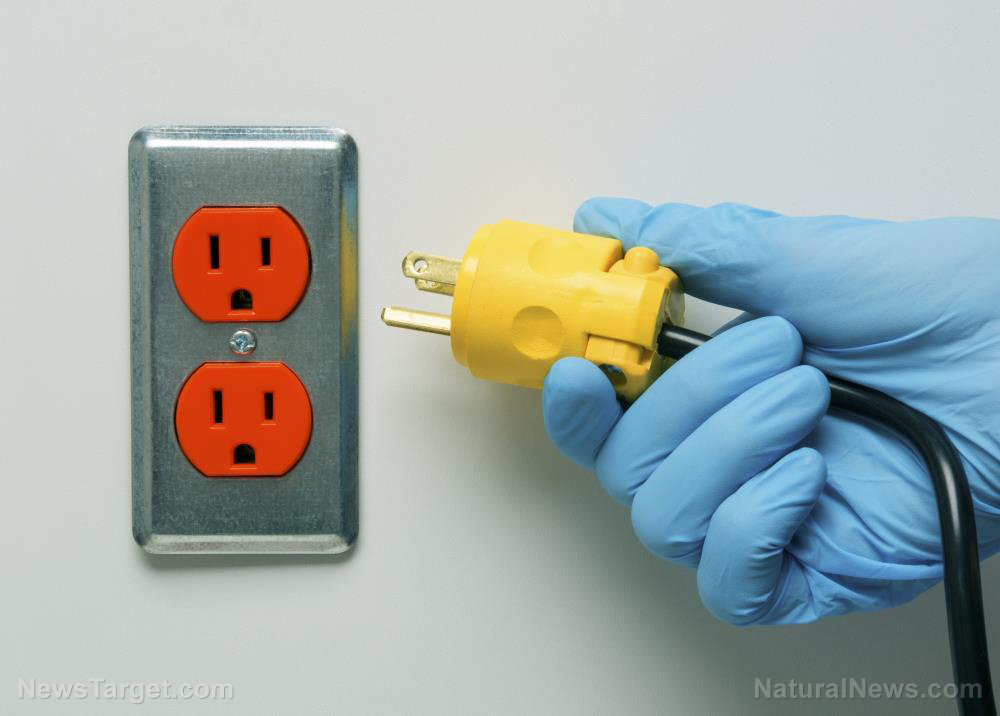
The findings shed light on the factors that complicate and intensify signs of neonatal abstinence syndrome (NAS), a group of conditions that occur when babies are chronically exposed to opioids and other drugs before birth.
Polysubstance abuse takes a toll on babies
According to the researchers, people with drug addiction often report taking a combination of substances. One of these combinations is a mix of opioid and benzodiazepine, a class of psychoactive drugs, such as Xanax and Ativan, that are commonly prescribed for anxiety and other conditions. However, the link between polysubstance abuse and NAS remains unclear.
To investigate, the researchers performed a statewide analysis of more than 112,000 mother-infant pairs who were covered under Tennessee’s Medicaid program, TennCare, from 2009 to 2011.
After analyzing filled prescriptions, medical history and toxicology testing, the researchers confirmed more than 820 cases of NAS, of which 598 required treatment using medications. Infants exposed to benzodiazepines were 50 percent more likely to require the use of medications to treat NAS than infants who were not exposed to those drugs. However, other substances, such as marijuana and tobacco, did not increase the severity of NAS.
These findings indicate that concurrent benzodiazepine exposure has a bigger impact on the severity of NAS than other legal and illicit substances, according to lead author Dr. Lauren Sanlorenzo of Monroe Carell Jr. Children’s Hospital at Vanderbilt.
Opioid, drug abuse in pregnant women
The study couldn't come at a more urgent time, considering the span of time America's opioid epidemic developed since the introduction of prescription opioids in the 1990s. This was a pivotal turn, credited for leading the nation to an opioid crisis.
According to the researchers, opioid use in the U.S. has soared over the past two decades. Pregnant women are among those who misuse opioids and are more prone to polysubstance use than those who do not use the drugs.
"Our findings reflect the reality that many women who use opioids also use benzodiazepines, which now we know has real implications for the baby," said SanLorenzo. "If we focus just on opioids, we can overlook other medications that can be risky to both the mother and infant."
Senior author Dr. Stephen Patrick, director of the Vanderbilt Center for Child Health Policy, added that the number of prescriptions written for benzodiazepines tripled in the U.S. in recent years. Yet, he said, benzodiazepines are often left out of the conversation about substance use. (Related: Big Pharma's addictive opioids are causing the ruination of society.)
Previous research from the Vanderbilt Center showed that the nation’s opioid crisis resulted in a sharp increase in the number of newborns who show signs of opioid withdrawal. Between 2000 and 2014, the rate of NAS climbed from 1.2 cases per 1,000 hospital births to eight cases per 1,000 births. One infant with NAS is born every 15 minutes in the U.S. in 2014, according to the research.
"Reducing the use of this particular combination may be beneficial to mothers and may reduce risk of severe withdrawal in infants,” said Patrick.
Opioids.news has more stories about America's opioid crisis.
Sources include:
Please contact us for more information.






















